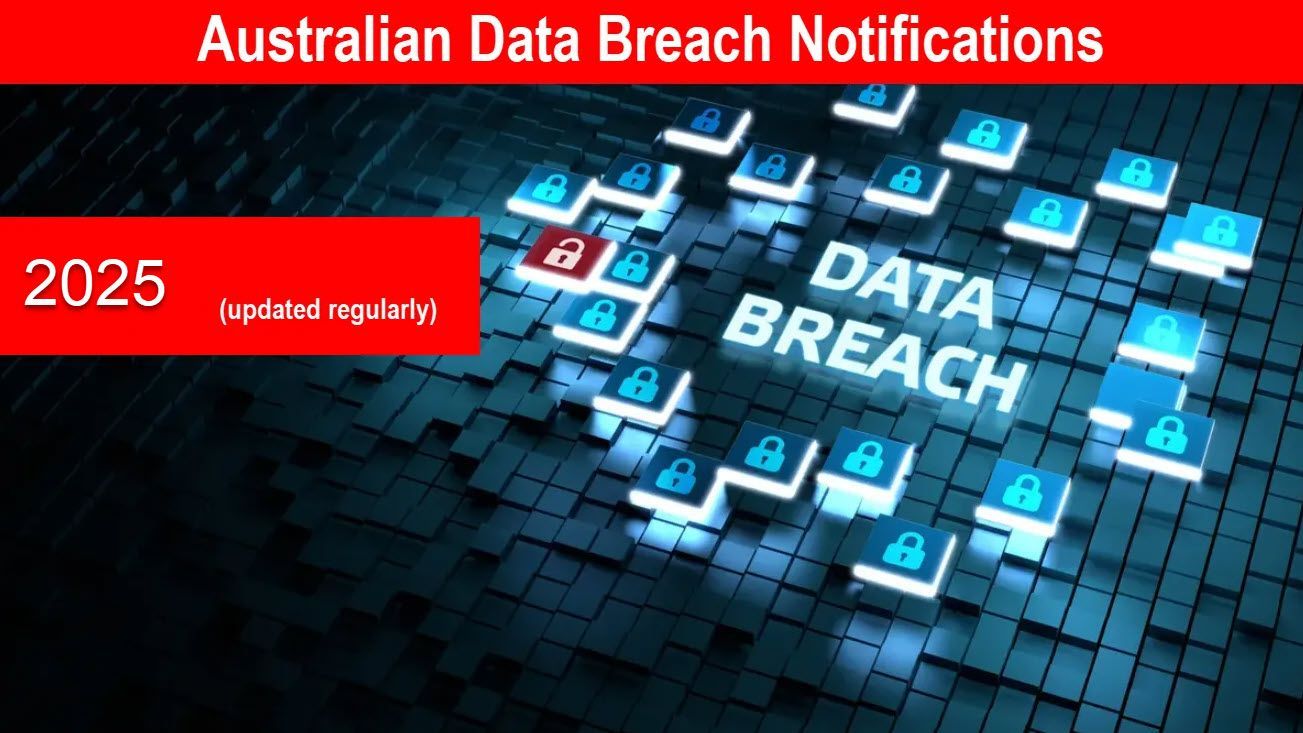Role of Encryption
Explore the pivotal role of encryption technologies in preserving data privacy and security online. Delve into advanced encryption methods, challenges in implementation, and real-world examples illustrating their significance in the digital realm.
In the complex landscape of cyberspace, where data breaches and cyber attacks loom large, encryption stands as a fundamental pillar of defence. Advanced encryption technologies play a crucial role in preserving data privacy and security online by rendering sensitive information indecipherable to unauthorized entities.
This article delves into the multifaceted realm of encryption, examining its role, challenges, and real-world applications in safeguarding data privacy and security in the digital domain.
Understanding Encryption Technologies
Advanced Encryption Methods
Encryption techniques have evolved significantly over the years, with modern encryption algorithms employing complex mathematical algorithms and cryptographic protocols to secure data.
Examples include Advanced Encryption Standard (AES), Rivest-Shamir-Adleman (RSA) encryption, and Elliptic Curve Cryptography (ECC), each offering varying levels of cryptographic strength and computational efficiency.
For example, implementation of AES encryption in securing communication channels for online banking transactions.
Public Key Infrastructure (PKI)
PKI is a cryptographic framework that enables secure communication and data exchange over untrusted networks. It utilizes asymmetric encryption, where each entity possesses a pair of cryptographic keys—a public key for encryption and a private key for decryption. PKI is widely used in securing web traffic, email communication, and digital signatures.
For instance, deployment of PKI in securing online transactions and ensuring the authenticity of digital certificates.
Challenges in Implementing Encryption Technologies
Key Management Complexity
Effective key management is paramount to the security of encrypted data. However, managing cryptographic keys, including generation, storage, distribution, and revocation, poses significant challenges.
Organizations must implement robust key management practices to prevent unauthorized access and ensure the confidentiality of encrypted data.
For example, implementation of a secure key management system utilizing hardware security modules (HSMs) to safeguard cryptographic keys.
Performance Overhead
Encryption introduces computational overhead, impacting system performance and responsiveness, particularly in high-throughput environments.
Balancing the need for security with performance optimization requires careful consideration of encryption algorithms, hardware acceleration, and system resources.
Optimization of encryption algorithms and hardware acceleration techniques to mitigate performance overhead in cloud computing environments.
Regulatory Compliance Requirements
Meeting regulatory compliance requirements presents significant challenges for organizations implementing encryption technologies. Data privacy regulations such as the General Data Protection Regulation (GDPR), the Health Insurance Portability and Accountability Act (HIPAA), and the Payment Card Industry Data Security Standard (PCI DSS) mandate the use of encryption to protect sensitive data.
Ensuring compliance with regulatory mandates necessitates the implementation of robust encryption measures, adherence to encryption standards, and documentation of encryption practices
Real-World Applications of Encryption Technologies
Secure Communication Channels
Encryption secures communication channels between users, devices, and servers, preventing eavesdropping and interception of sensitive data.
Secure Socket Layer/Transport Layer Security (SSL/TLS) protocols encrypt web traffic, ensuring the confidentiality and integrity of data exchanged between web browsers and servers.
Implementation of SSL/TLS encryption in securing online banking transactions, e-commerce websites, and sensitive communications.
Data-at-Rest Encryption
Data-at-rest encryption safeguards stored data from unauthorized access and theft, mitigating the risk of data breaches and insider threats.
Full disk encryption (FDE) and file-level encryption protect sensitive information stored on devices and storage media, such as hard drives, solid-state drives (SSDs), and removable storage devices.
Deployment of FDE on corporate laptops and mobile devices to protect confidential business data in case of device loss or theft.
Cloud Storage Encryption
Data stored in the cloud is vulnerable to unauthorized access and data breaches, making encryption essential for protecting sensitive information. Cloud storage providers offer encryption-at-rest mechanisms to encrypt data stored on their servers, ensuring that even if the data is compromised, it remains indecipherable without the decryption key.
Dropbox, a popular cloud storage service, provides encryption-at-rest for user data stored on its servers.
Virtual Private Networks (VPNs)
VPNs use encryption to create secure and private communication channels over public networks, enabling users to access the internet anonymously and by pass geographic restrictions. VPNs encrypt users' internet traffic and route it through remote servers, masking their IP addresses and protecting their online activities from surveillance and interception.
Conclusion
Encryption technologies play a pivotal role in preserving data privacy and security online, safeguarding sensitive information from unauthorized access and interception. Despite challenges such as key management complexity and performance overhead, encryption remains an indispensable tool for securing communication channels, protecting stored data, and ensuring compliance with regulatory requirements.
By leveraging advanced encryption methods such as AES, RSA, and PKI, organization scan enhance their cybersecurity posture and instil trust in their digital interactions. Real-world applications of encryption technologies, from securing online transactions to protecting data at rest, underscore their significance in the modern digital landscape.
As experts in the field, we know that it is imperative to stay abreast of emerging encryption technologies, best practices, and regulatory developments to effectively mitigate cyber threats and uphold data privacy and security standards in an ever-evolving digital environment.










